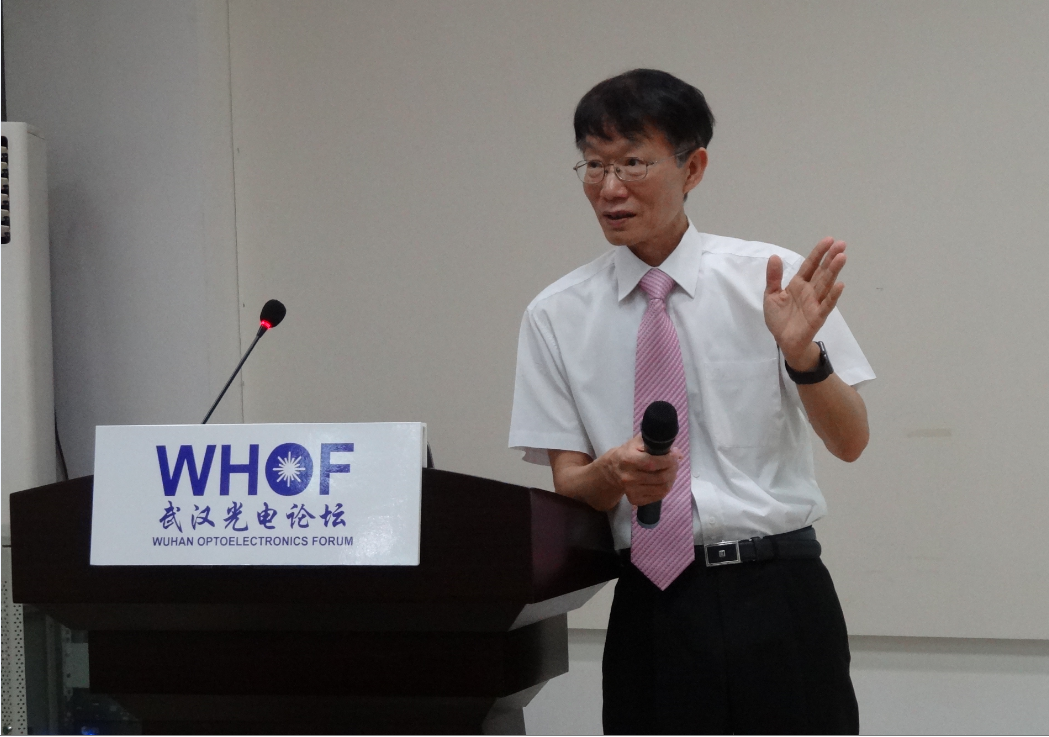WUHAN, China (September 23, 2016) - Wuhan Optoelectronics Forum No. 114 was successfully held in Auditorium A101 at Wuhan National Laboratory for Optoelectronics (WNLO) in the morning of September 23.
IWDM technologies have been employed to solve information capacity bottleneck in long haul and metro networks. In research laboratory, feasibility of hundreds Tb/s signal transmission are demonstrated. However, penetration of WDM technology in access networks is rather limited due to very strict requirement of cost including power consumption. The port agnostic WDM technologies enable adaptation of a single transceiver regardless of wavelength, bit rate, and modulation format. We have been focused on the wavelength transparent operation of transceivers without a thermoelectric cooler that is the most power hungry devices. Further development of true port agnostic transceiver will reduce both equipment and operation costs considerably. In addition, introduction of silicon photonics will open new windows for WDM access technologies.
Professor Chang-Hee Lee received the B.S. degree in electronics engineering from Hanyang University, Seoul, Korea, in 1983 and the M.S. and Ph.D. degrees in electrical engineering from KAIST, in 1985 and 1989 respectively. He was a post-doctoral fellow at the Bellcore from 1989 to 1990, and worked as a senior researcher in ETRI (Electronics and Telecommunications Research Institute), Daejon, Korea, for 1990 ~1997. He is a professor in KAIST since 1997. He served as the representative director and CTO of Novera Optics Korea Inc from 2001 to 2008. He also served as the Dean of Research Affairs of KAIST from 2010 to 2011. He served as the Head of School of Electrical Engineering at KAIST from 2013 to 2016. He had spent over 25 years in the area of optical communications including semiconductor lasers. He is an author of more than 400 journal and conference papers. He is also an inventor of 130 issued patents. His current research interests are lightwave systems, semiconductor lasers, optoelectronics devices, quantum optics and quantum communications. He is a fellow of IEEE and a member of OSA.

